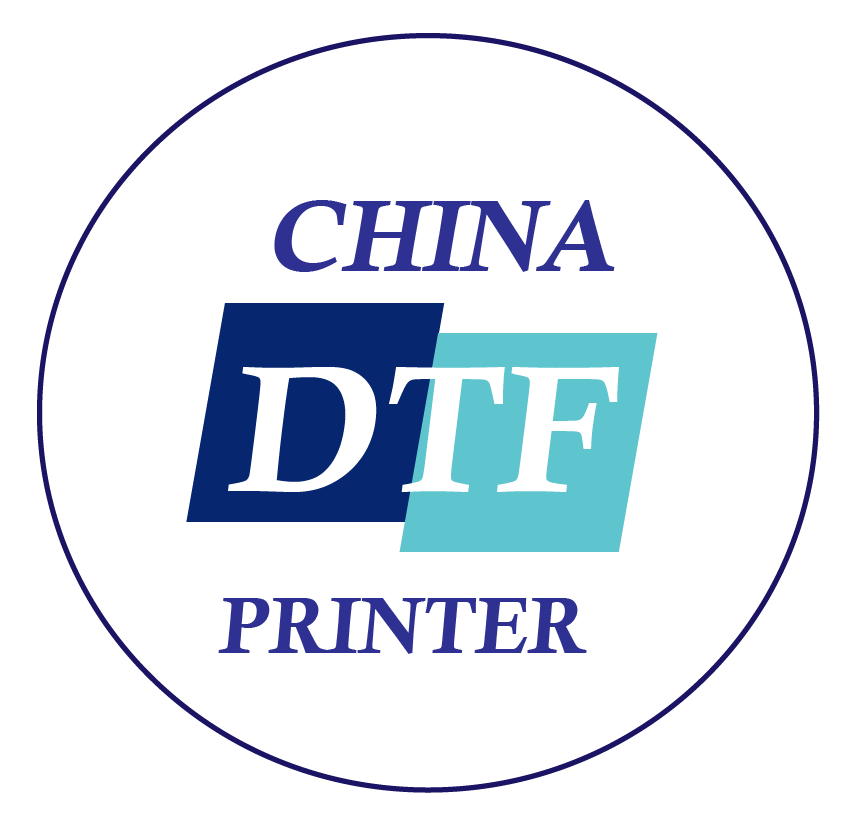In the realm of printing technology, innovation continually pushes the boundaries of what is possible. Among the latest advancements is Direct to Film (DTF) UV printing, a revolutionary method that is transforming the printing industry. In this article, we delve into the intricacies of DTF UV printing, exploring its capabilities, benefits, and impact on various sectors.
Understanding DTF UV Printing
DTF UV printing combines two cutting-edge techniques: Direct to Film (DTF) printing and UV printing. DTF printing involves transferring designs directly onto a special film, while UV printing utilizes ultraviolet light to cure or dry inks instantly. By merging these methods, DTF UV printing offers unparalleled precision, vibrancy, and efficiency in printing processes.
The Process
The process of DTF UV printing begins with creating a digital design, which is then transferred onto a special film using DTF printers. Next, the film is carefully placed on the desired substrate, such as textiles, plastics, or metals. UV-curable inks are then applied onto the film. As the ink is exposed to UV light, it instantly solidifies, adhering the design to the substrate with exceptional clarity and durability.
Advantages of DTF UV Printing
- Versatility: DTF UV printing is compatible with a wide range of materials, including textiles, ceramics, glass, and wood, offering unparalleled versatility for various applications.
- High Resolution: With precise ink deposition and curing, DTF UV printing delivers high-resolution prints with intricate details and vibrant colors, ensuring superior quality output.
- Fast Turnaround: The instant curing process of UV inks enables fast production times, making DTF UV printing ideal for time-sensitive projects and large-scale orders.
- Durability: UV-cured inks result in durable prints that are resistant to fading, scratching, and environmental factors, ensuring long-lasting results.
- Environmentally Friendly: UV printing eliminates the need for solvents and reduces emissions, making it an eco-friendly alternative compared to traditional printing methods.
Applications
The versatility and superior quality of DTF UV printing make it suitable for a wide range of applications across various industries:
- Apparel and Textiles: DTF UV printing enables vibrant and long-lasting designs on garments, sportswear, and accessories, offering customization options for fashion brands and designers.
- Packaging: With its ability to print on diverse substrates, DTF UV printing is ideal for creating eye-catching packaging designs for cosmetics, food products, and consumer goods.
- Signage and Displays: From banners and posters to signage and point-of-sale displays, DTF UV printing delivers high-impact visuals with exceptional clarity and durability, perfect for marketing and advertising purposes.
- Home Décor: DTF UV printing allows for the customization of home décor items such as wall art, furniture, and decorative accents, offering unique design solutions for interior designers and homeowners.
- Industrial Applications: In industries such as automotive, aerospace, and electronics, DTF UV printing is used for labeling, marking, and branding components with precision and durability.
Conclusion
DTF UV printing represents a significant advancement in printing technology, offering unmatched versatility, quality, and efficiency. With its ability to print on various substrates with vibrant colors and durability, it has become a game-changer across numerous industries. As technology continues to evolve, DTF UV printing is poised to revolutionize the way we create and experience printed materials, paving the way for endless possibilities in design and customization.
